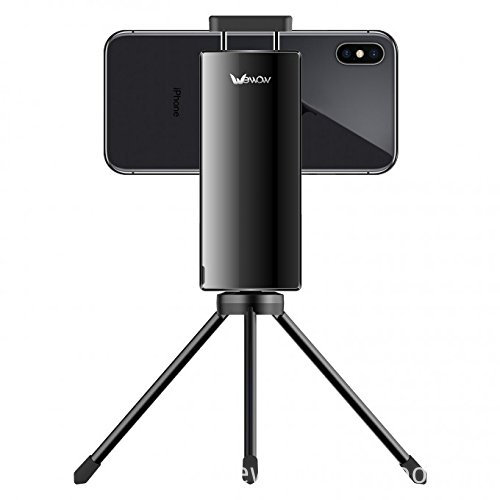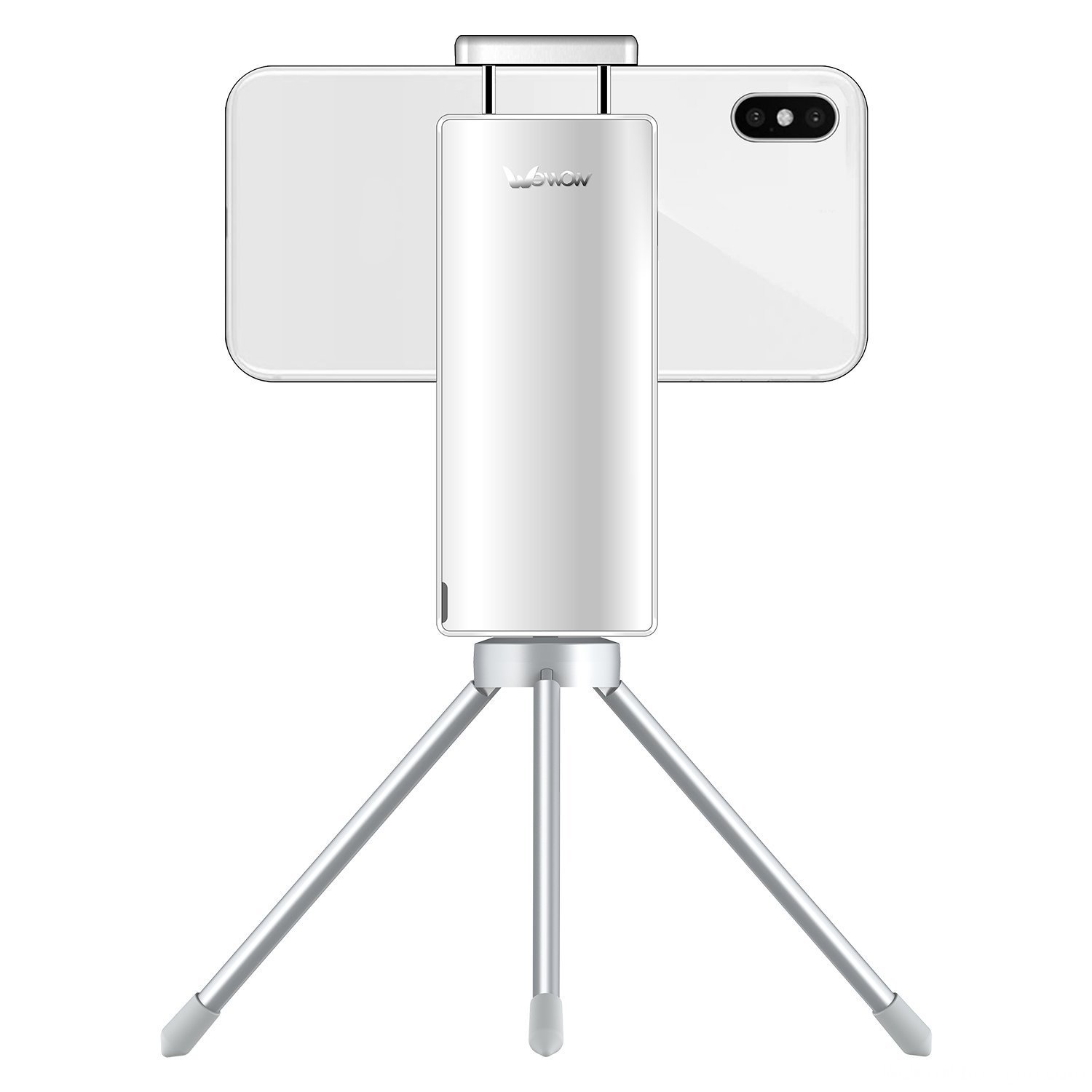Point-by-point correction is a technique used to improve the brightness uniformity and color fidelity of LED displays by the brightness (and chrominance) of each pixel (or each of the primary sub-pixels) on the LED display. The data is collected, the correction coefficient of each primary color sub-pixel or the correction coefficient matrix of each pixel is given, and fed back to the control system of the display screen, and the control system applies the correction coefficient to realize each pixel (or each primary color). The differential driving of the sub-pixels makes the picture of the LED display pure and delicate, and the color is truly restored.
There are two specific applications for point-by-point correction systems:
——One-box point-by-point correction, box-by-box correction on the production line to ensure that each box in the factory achieves a high degree of uniformity;
—— On-site large-screen point-by-point calibration, select the appropriate viewing location on the large-screen display site for on-site calibration, and ensure that the display screen achieves a high degree of uniformity in the field observation position;
The point-by-point correction system can be divided into point-by-point chromaticity correction and brightness correction. The differences are as follows:
Brightness and chromaticity are subjective sensations of the human eye. When the spectral curve of the LED or the dominant wavelength of the work is different, the brightness and chromaticity of the human eye will change at the same time.
Normally the brightness correction is a correction of the LED illumination intensity. At present, because some calibration instruments lack good color resolving power and cannot accurately measure such spectral differences, only the measurement of luminous intensity can be performed and the chromaticity deviation cannot be accurately measured. The chromaticity correction refers to the calibration method of the photometric instrument with strong color resolving power, which can accurately measure the brightness and chromaticity value of the LED. ?
So when can I use the brightness correction and when must I use the color correction? For those displays that use the same batch of LEDs with a working wavelength deviation of 5 nm, the difference between brightness correction and color correction is not large. For displays that incorporate different batches of LEDs, or displays that use LEDs with a large difference in dominant wavelengths, it is necessary to perform chromaticity correction.
The difference one:
The chromaticity and brightness correction can solve the dirty screen and the screen phenomenon caused by the wavelength non-uniformity of the LED chip and the attenuation of the chip, and the brightness loss after correction is small.
The brightness correction only finds the brightness of the red, green and blue colors to the lowest brightness value, and the brightness loss after correction is large.
Difference two:
The point-by-point chromaticity correction system must image each pixel on the CCD as 8*8 pixels when measuring each pixel on the LED unit board. The measurement and correction target accuracy must meet the decimal point and the 4th or 2nd decimal point. 14 bits (16384), which are used to calculate and correct control accuracy requirements.
The brightness correction only needs to make the brightness of each pixel point clear, and it is not necessary to make the resolution of each pixel as 8*8 pixels.
The difference is three:
In the point-by-point chromaticity correction, it is necessary to measure the color coordinates of red, green, blue and white. Therefore, in addition to the industrial grade CCD, a professional illuminance colorimeter with a high precision level must be used in the calibration process, for example: Photo Research PR -655, RadiantZemax SP2000, Minolta CL-200, etc.
Brightness correction does not need to measure the color coordinates of the four colors of red, green, blue and white. Therefore, it is not necessary to use the illuminance colorimeter during the calibration process. Only one SLR camera or industrial CCD is needed.
Difference four:
Only the receiving card with 14-bit architecture design can save the correction target and the data of 4 digits after the decimal point of the correction coefficient, which is the necessary guarantee for low gray and low light correction effect.
The 10- or 12-bit frame design of the receiving card can guarantee the chromaticity correction effect of the medium and high gray, but the chromaticity correction display is not good when the low gray and low light.
Difference five:
Point-by-point chromaticity correction requires that the LED receiving card must have a linear display for the receiving card when GAMMA is set to 1. The ash of the 14-bit frame system is naturally generated, and the algorithm can guarantee the linearity of the low gray segment.
The low-gray segment of the 10-bit common control system requires the host computer software to perform nonlinear processing to generate a signal, which causes color distortion during low-gray correction.
Edit: Cedar
Single-axis smartphone stabilizer is a pivoted support that allows the phone staying stabilized.
With a gyro-stabilized gimbal system, it keeps stabilized or steerable horizon with automatic calibration
to give you an unprecedented smooth shooting experience.

1axis smartphone gimbal are designed as pocket size, portable and easy to take.
You can carry it as easy as smartphone!


Wewow focusing on handheld stabilizer is a technology company which does R & D independently.
With Wenpod series product released, the company achieved the industry's praise and quickly became
the leader of the smart stabilizer industry.
Our service
1. Reply to you within 24 hours.
2. Already sample: within 1-2days.
3. Shipping date: within 24 hours once get the payment.
4. 12 months warranty.
5. After-sales service, solve within 3 working dates.
If you have any questions, please contact with us directly.
Wewow appreciates domestic and international business relationship!
Single-axis Smartphone Stabilizer
Single-Axis Smartphone Stabilizer,Professional Single-Axis Smartphone Stabilizer,Smartphone Stabilizer With Single Handheld,Single-Axis Smartphone Gimbal Stabilizer
GUANGZHOU WEWOW ELECTRONIC CO., LTD. , https://www.stabilizers.pl